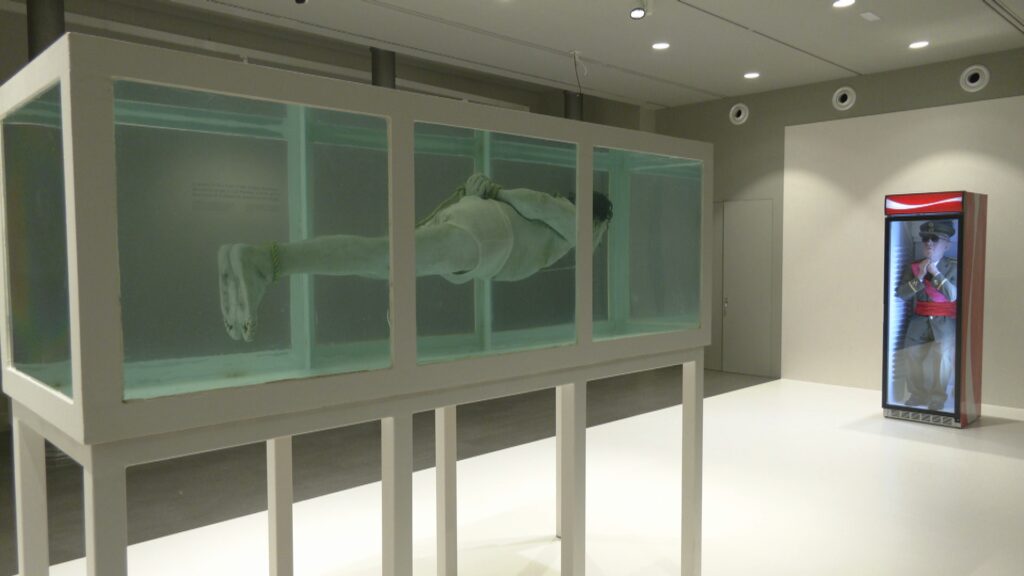Barcelona's Museum of Forbidden Art closes its Doors due to Protests

The world's first museum dedicated to forbidden artworks closes its doors on Friday just a year and half after it opened in Barcelona.
Promoter and founder of the museum Taxto Benet assured the unwanted closure is attributed to the losses caused by the protests of the SUT union in front of the building over the last four months.
The workers’ union began the indefinite strike in February over poor working conditions including no proper climate control, long hours standing without seating or breaks, insufficient pay, lack of holiday compensation, and what they say is the museum’s failure to address their demands.
The collection will now tour internationally with exhibitions in different countries. "A collection that will remain alive and will be a meeting point to stand up to censorship," Benet said.
The museum featured more than 200 works that had been censored for political, social or religious reasons. Some pieces depicted controversial figures, including dictator Francisco Franco inside a fridge, Spain’s former king Juan Carlos I in a sexual scene with a Bolivian activist, and Saddam Hussein tied up and floating in a glass tank.
According to the museum, the protests have caused a 75% drop in revenue, compared to the same period last year, and a 95% decrease in the expected growth.
A statement on the museum's website reads :
The Museum of Forbidden Art arrived in Barcelona in 2023 to give visibility to and vindicate censored artworks from around the world. This June, the museum is forced to close its doors indefinitely.
It is a painful and undesired closure, but an unavoidable one, due to the financial losses caused by the protest staged outside the museum for the past four months, led by the SUT labor union. During this period, the threats and slander resulting from this situation have disrupted the museum’s normal operation, and the losses have become unsustainable.
After a year and a half since its opening, the world’s only museum dedicated to displaying banned artworks is closing intending to become a nomadic collection, with traveling exhibitions around the globe. A collection that will remain alive and continue to stand as a meeting point to confront censorship.
